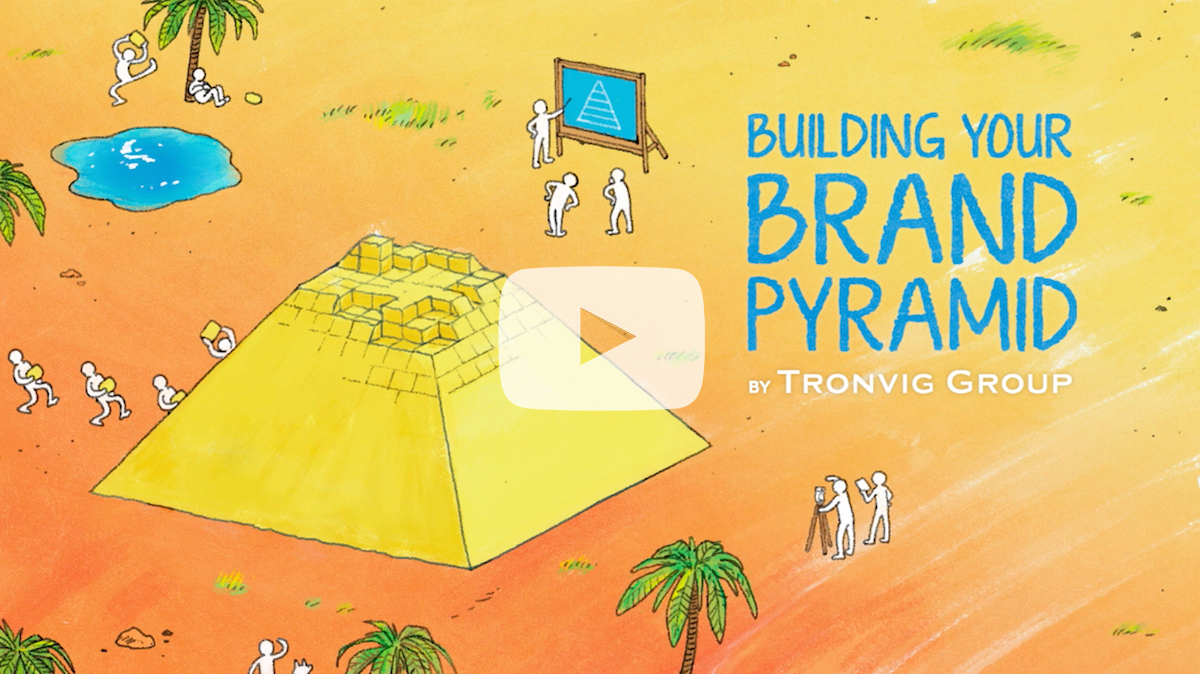“The desire to learn for its own sake appears to be a natural motive built into the central nervous system.”
—Mihaly Csikszentmihalyi & Kim Hermanson
How can game play dynamics be used by museums to engage visitors more effectively?
In Museums and Motivation Part 1, I asked how museums can use extrinsic motivation to pull in and engage visitors, and how some of these motivations are used effectively in games and less so in museums.
Here, I will look at intrinsic motivation.

Intrinsic motivation
What is intrinsic motivation? Intrinsic motivation comes from inside. It is inspired by deep-seated interests or from pleasure derived directly from an activity. Intrinsic motivation is critical for long-term or repeated engagement. Intrinsic motivators are effective at supporting sustained, engaged behaviors—the kind I suspect you really want.
How does this translate into an experience at a museum, zoo, or historical society?
Competence or mastery
Intrinsic motivation is fed by conditions that ensure calibrated competence. If you start playing Angry Birds, the basic game play is VERY easy to learn, so you are off and slinging birds almost instantaneously. The challenges you are initially faced with are easy to master. The game meets you exactly where you are as a novice, so you feel an immediate sense of accomplishment. In a perfectly calibrated game, its difficulty continually moves up with you, presenting challenges that are never too hard and never too easy.
In a perfectly calibrated game, its difficulty continually moves up with you, presenting challenges that are never too hard and never too easy.
This is something museums rarely seem to be able to do. A visitor is often faced with lots of choice, little guidance, and a variety of real challenges that may be beyond the ability of a novice. Museums often assume too much of their visitors in terms of preexisting knowledge or understanding of the context or substance of their exhibits and collections. Good games never do this. Could museums do a better job to calibrate your experience so that you can gradually master the skills required to appreciate the content?
This may not be practical or feasible for most museums, but I think museums could do a better job if they really thought about it.
The executional details of this are probably far-reaching and complex, but if a museum were set up like Plants vs. Zombies, you would be guided through the first few rooms with kid gloves. You would then gradually be given more challenging encounters. Perhaps a museum could initially roll out the opening narrative of its collection in a way not unlike how Peter and the Wolf rolls out the narrative of the instrumental characters in the musical story.
Looking somewhere short of this, the museum visitor should not be unceremoniously thrown into a labyrinth—or sea of objects/exhibits—without so much as a compass to navigate with, and usually the maps or visual guides available do not suffice.
The tendencies and habits of the museum system perpetuate love from “museum people” (the initiated).
The tendencies and habits of the museum system perpetuate love from “museum people” (the initiated). These are people who have mastered the game and the institution meets them where they are. They are deeply intrinsically motivated to visit and enjoy museums. But sometimes the rest of the world is left out. The rest of the world is not typically given a sufficiently easy-to-navigate initial pathway that could lead them toward a sense of competency or mastery, and so this critically important intrinsic motivation opportunity is blocked. This is a missed opportunity.
Autonomy
Good games give you clear options to choose from. They let you choose your path, or character, or tools to use, but none of the options are suicidal. You are not typically put into a sink or swim situation early on. It’s constrained choice. It’s not, “Now go find your own way. Oh, and here is a really hard to use map. Knock yourself out.” It’s more, “Here are the pathways you can choose from, (each showing the reward of that pursuit) follow the one that most suits your needs. Oh, and you can select your level of difficulty. Have fun.”
People do actually appreciate limits. Limits help them avoid getting lost or overwhelmed.
Museums usually offer a great deal of choice and not much guidance. They tend not to appreciate the nuance of constrained autonomy employed by many games. In games, the choices are real but operate within a framework that has rules that are clear or easy to learn. Generally games do not just let you go anywhere you want and look at anything you want in any way you want and just think your own thoughts. They offer guided choices. People do actually appreciate limits. Limits help them avoid getting lost or overwhelmed. Games almost always employ a subtle interplay between guidance and the freedom to choose. This balance is at the heart of why they are fun, and not only fun for those who are good at them.
How fun is your museum for the non-expert or the novice? How much choice does the non-expert really need when he encounters your content? It seems really stupid that movie trailers show you the whole movie before you have even seen it. But this is quite effective. It turns out that people really are not all that enamored of not knowing what’s next. They want to know what they are getting into, THEN they want to choose.
Preview the experience. Don’t leave anything a mystery.
On the far boundary of how much freedom an absolutely engaging game experience can have, I’d like you to hear my 9-year old’s review of the globally popular game MineCraft. This game is spectacularly popular, in part because of how successfully it conveys a sense of autonomy. Note that he says there are no rules, but then he amends himself to say there are not many rules. He’s saying that the rules are not getting in his way, but they do give the game structure and provide an engaging sense of challenge. They are few enough at first to be easily understood, and yet they grow more sophisticated as your ability to navigate the environment improves.
Connection
How does this relate to ME? The greater the sense of personal connection, the greater the sense of personal satisfaction with the activity. There is a way to connect nearly anything to anything else. Dig it up.
Stories are universal. Specific stories about specific people in specific times doing specific things are still universal. The connection can be found, even if it only exists in the mind of the viewer. So tell real stories. Always tell stories. Weave the magic of stories and connections will be made. The neurons will fire. Memories will be ignited, and emotions will be brought out. An engaged experience will be had. You will have made a connection.
Find the stories and tell them.
If you can find ways to activate intrinsic factors in your institution, you will be able to get your visitors more deeply engaged. You WILL get them coming back for more.
Does your museum need an affordable way to improve its brand today?
Because we know that not everyone needs or can afford our full process, we created a guided tutorial package for our foundational brand strategy tool: the Brand Pyramid. Watch the video for a preview.
For more information on this brand strategy tutorial, visit here where you will find a fuller explanation and link to a free download of the first video.
Photo at Liberty Science Center by the author



Ask for help.
We are kind, thorough and ready when you are. You just need to ask.